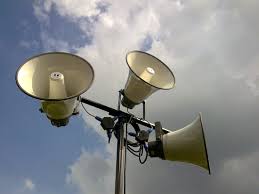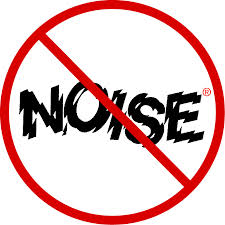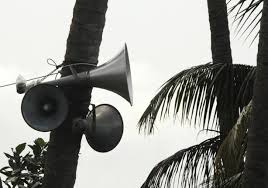Environmental psychologist Arline L. Bronzaft, PhD, is professor emerita of psychology at Lehman College, City University of New York, and an expert witness in court cases and government hearings on the impact of noise on mental and physical well-being. She spoke with us about the detriments of noise on everything from our physiology to children’s learning.

Does noise have to be loud to affect people?
Not necessarily. Noise is any unwanted, uncontrollable, or unpredictable sound. A dripping faucet next to your bed, if you’re trying to fall asleep, may not be loud but it’s bothersome. The plane flying over your home every 30 or 40 seconds may not be that loud but if you’re trying to read on your back porch, that’s intrusive. Sounds from leaf blowers, neighbors, construction, overhead airplanes, and nearby traffic are the sounds that most of us are exposed to and bothered by in our daily lives. If you measured the sounds of a dog barking, it wouldn’t be loud but it could be annoying; try falling asleep, studying for an exam, or reading a book while it’s happening.
Then there’s low-frequency noise, like the sound coming from nearby wind turbines or from the music of the bar below your apartment. Residents living near wind turbines complain that they are disturbed by the low-frequency sounds of the spinning blades. Similarly, if you live above a bar, the music may not be loud, but you can hear and maybe even feel the music’s low-frequency sounds as you lie in bed.
How can intrusive, though not loud, sounds harm people’s health?
The dog barking or the television playing from an upstairs apartment while you’re trying to fall asleep may lead to stress which, in turn, can increase your heart rate, cause your blood pressure to rise, slow down digestion, or make you sweat. These are the physiological changes that are part of the body’s reactions to stress. If stress is sustained, which could happen if you are living with overhead aircraft noise month after month, then this can result in damage to your body. Some studies demonstrate that people, especially older people, who live near airports are more likely to be admitted to a hospital for cardiovascular disorders. Exposure to noise can also impact sleep. It is during sleep that the body recuperates from the activities of the day. Loss of sleep because of noise can lead to health problems.
Short of actual harm, are there other detriments to noisy environments?
Definitely. Noise also diminishes the quality of life. People who have to live with noise say they cannot carry out their normal daily activities, such as enjoying their back porches because of overhead aircraft noise, or conversing with others or reading or watching television because of intrusive noises. In the case of wind turbines, people complain they can’t sleep or they are suffering from headaches. The Canadian government asked a group of scientists to write a report summarizing the research on turbines and health. Then the Canadian government asked another team—which I was a part of—to look at that report. Our final report could not definitively state that wind turbines adversely affect health. But the fact that residents complained that the noise caused annoyances and stress indicated that further research was definitely called for. It’s important to remember that being healthy includes being able to enjoy a decent quality of life.
Your research has found that noise has a negative impact on children’s learning. Can you tell us about that?
Forty years ago, I conducted a study that examined the reading scores of children attending a school adjacent to an elevated train track in NYC where, along one side of the building, the classrooms were exposed to passing train noise every 4.5 minutes. On the opposite side of the building, the classrooms were not intruded upon by passing train noise. I looked at the reading scores of the children on both sides of the building. Since all the children in the school lived in the same neighborhood and were of similar backgrounds, the study was considered well controlled. By the sixth grade, the children exposed to noise were nearly a year behind in reading compared with those in a quiet classroom. Since the teachers in those classrooms stopped teaching about 11 percent of the time to accommodate the passing trains, the students got less teaching time overall. It was also difficult for the children to take tests as the trains passed. And even when the teacher didn’t stop teaching, there were times when children could not hear the teacher. Teachers exposed to passing train noise also complained that they were stressed by having to teach in such an environment.
I brought the data from my published paper to the transit authority at a time when they were testing out a method to lessen train noise by installing rubber resilient pads on the tracks. I persuaded them to test out the effectiveness of these pads at that school site. The school principal and I also persuaded the board of education to install acoustic ceiling tiles in classrooms exposed to train noise. These two noise abatements lessened the noise in the classrooms. A later study at the school found that there was a decrease in the noise, and that the children on both sides of the school were reading at the same level. Those two studies are considered landmark reports in the field. Subsequent research—examining, among other things, the effects of aircraft noise on classroom learning—confirmed the findings. Children cannot learn in noisy classrooms.
This opinion does not necessarily reflect the views of the UC Berkeley School of Public Health or of the Editorial Board at BerkeleyWellness.com.





This is a great article about noise and its effect on our well being, nice contnet, good read and informative.